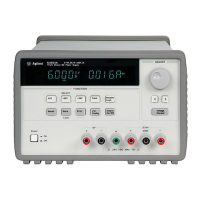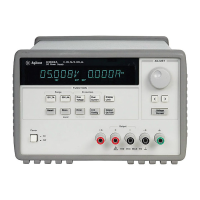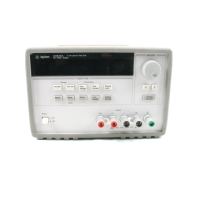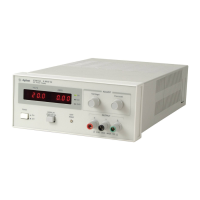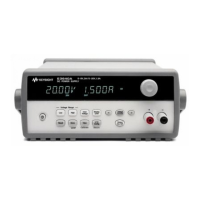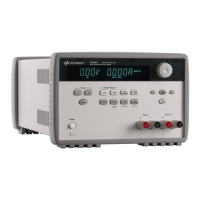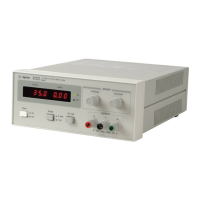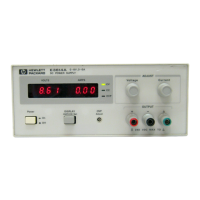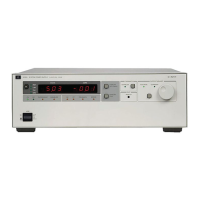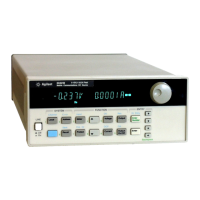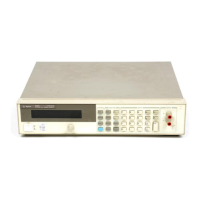Chapter 4 Theory of Operation
Power Mesh and Control
93
4
Two error amplifiers are included in a CV/CC supply, one for controlling output
voltage, the other for controlling output current. Since the constant voltage
amplifier tends to achieve zero output impedance and alters the output current
whenever the load resistance changes, while the constant current amplifier
causes the output impedance to be infinite and changes the output voltage in
response to any load resistance change, it is obvious that the two amplifiers
can not operate simultaneously. For any given value of load resistance, the
power supply must act either as a constant voltage source or as a constant
current source - it can not be both; transfer between these two modes is
accomplished at a value of load resistance equal to the ratio of the output
voltage control setting to the output current control setting.
Full protection against any overload condition is inherent in the Constant
Voltage/Constant Current design principle since there is not any load condition
that can cause an output which lies outside the operating region. For either
constant voltage or constant current operation, the proper choice of front
panel voltage and current limit settings insures optimum protection for the
load device as well as full protection for the power supply.
The diodes connected across the output terminals in reverse polarity protect
the output electrolytic capacitor and the series pass transistors from the effects
of a reverse voltage applied across the output terminals.
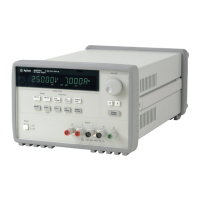
